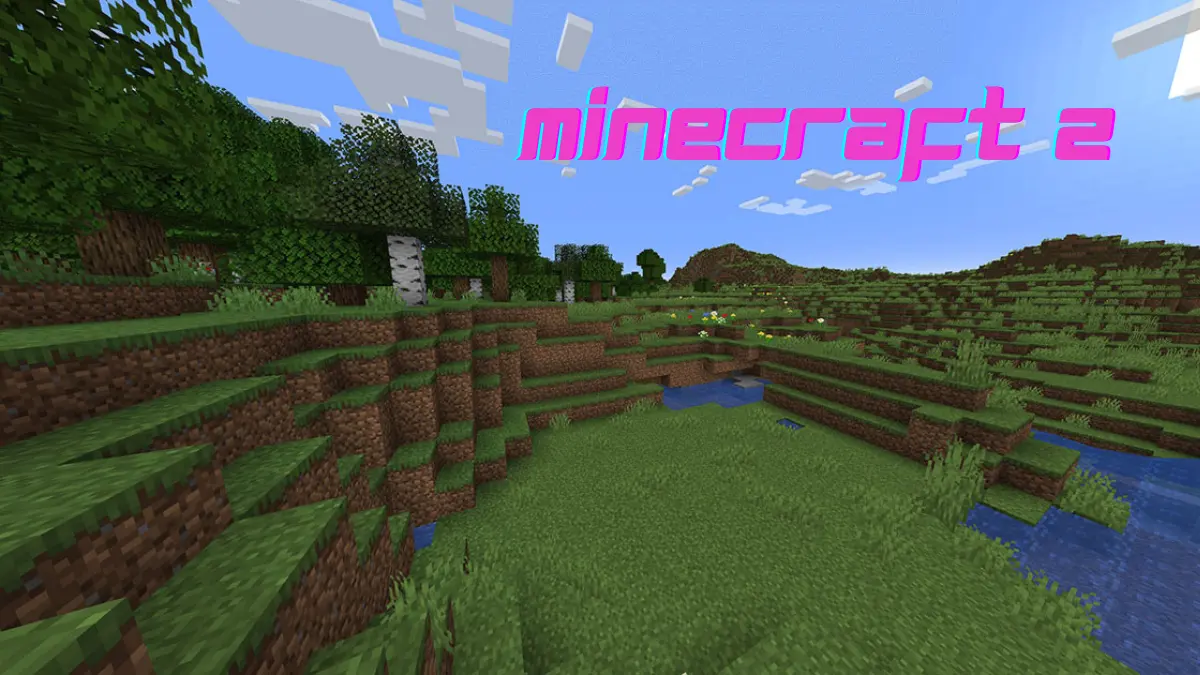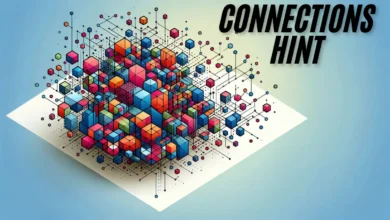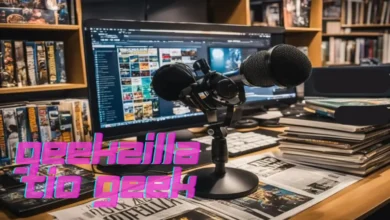Minecraft 2, a cultural and gaming phenomenon, has captured the imagination of millions since its release in 2011. The game’s simplistic yet deeply engaging sandbox mechanics allow players to explore, build, and survive in a procedurally generated world. Over the years, updates have expanded its capabilities, introducing new dimensions, mobs, biomes, and mechanics. Yet, the idea of a direct sequel, often referred to as “Minecraft 2,” continues to stir speculation and debate among fans and developers alike. What could such a game look like, and how would it redefine the beloved universe?
Evolution of Minecraft Over the Years

Minecraft 2 has evolved dramatically since its inception. From its humble beginnings as a project by Markus “Notch” Persson, it has grown into a global franchise under the stewardship of Mojang Studios and Microsoft. The updates over the years have focused on enhancing gameplay without compromising the core experience. Major updates like the Nether Update and the Caves & Cliffs update brought significant changes, while spin-offs such as Minecraft Dungeons and Minecraft Legends offered fresh perspectives on the Minecraft universe.
Despite these expansions, the base game has remained fundamentally the same. This consistency has been both a strength and a limitation, leading some to wonder if a sequel might offer an opportunity to push the boundaries of what Minecraft 2 can achieve.
The Challenges of Creating a Sequel
One of the greatest challenges in creating a sequel to Minecraft lies in the very nature of the original game. Minecraft’s open-ended gameplay, which relies on player creativity and exploration, is inherently timeless. Unlike many games, it doesn’t follow a linear narrative or rely on traditional progression systems that might necessitate a follow-up. Any attempt to create a sequel would need to justify its existence by offering something significantly new and compelling.
Another challenge is the player base. Minecraft has a vast and diverse audience, ranging from young children to adults, casual gamers to hardcore builders. A sequel would need to cater to all these demographics without alienating any group. Balancing innovation with familiarity is no small feat, particularly for a game as beloved as Minecraft.
Potential Features of a Hypothetical Minecraft 2
If Minecraft 2 were to become a reality, it could build upon the strengths of its predecessor while addressing some of its limitations. One possible avenue for innovation is graphics. While the blocky aesthetic is a hallmark of Minecraft’s identity, a sequel could explore more advanced visual effects, lighting, and textures while retaining the charm of the original art style. Real-time ray tracing, already introduced in the current game, could be further expanded to create more immersive worlds.
Another area ripe for enhancement is the world generation system. Minecraft’s procedurally generated landscapes are vast and varied, but a sequel could take this to new heights. More complex and diverse biomes, dynamic weather systems, and a more interactive environment could make exploration even more engaging. Imagine forests that grow and change over time, rivers that carve out new paths, or deserts that shift with the wind.
The multiplayer experience could also see significant upgrades. Minecraft’s current multiplayer system, while functional, is limited in scope compared to modern online games. A sequel could introduce seamless multiplayer worlds, larger servers, and more robust social features to foster collaboration and community building. Cross-platform play, already a feature of the current game, could be taken further with deeper integration and new ways to connect players.
Storytelling might also play a bigger role in Minecraft 2. While the original game’s narrative is minimalistic, a sequel could introduce optional storylines or quests that enhance the sense of purpose without overshadowing the sandbox experience. These could be tied to new dimensions, ancient civilizations, or mythical creatures, adding layers of lore and mystery to the game.
The Role of Modding and Community Content
One of Minecraft 2 greatest strengths is its modding community. Over the years, modders have created an astonishing array of content, from new gameplay mechanics and items to entirely new worlds and experiences. Any sequel would need to embrace this spirit of creativity and ensure robust support for modding. Providing tools and resources to the community could empower players to push the boundaries of the game in ways the developers might not even imagine.
Incorporating community feedback and ideas could also play a pivotal role in shaping Minecraft 2. The original game’s development was heavily influenced by player input, and a sequel could benefit from the same approach. Open communication and collaboration between developers and the community would be essential to creating a game that truly resonates with its audience.
The Philosophy of Minecraft’s Timeless Appeal
One reason Minecraft 2 has endured for so long is its timeless design. The game’s simplicity and accessibility make it easy to pick up and play, while its depth ensures there’s always something new to discover. This balance is rare in gaming and would be critical to maintain in any sequel.
A direct sequel would need to respect this philosophy while also daring to innovate. It’s a delicate balance—introducing new mechanics and features without overcomplicating the core gameplay. The focus should remain on empowering players to create and explore, rather than dictating how they should play.
Speculation and Expectations
The gaming community’s expectations for Minecraft 2 are as diverse as its player base. Some envision a more realistic and immersive experience, while others hope for new dimensions and mechanics that expand the sandbox in unexpected ways. There are also concerns that a sequel might divide the player base or stray too far from what made the original game special.
Mojang Studios and Microsoft have remained tight-lipped about the possibility of a sequel, focusing instead on updating and expanding the existing game. This approach has served them well, allowing Minecraft to remain relevant and engaging for over a decade. However, the idea of a sequel continues to capture the imagination of fans and serves as a fascinating thought experiment about the future of the franchise.
The Legacy of Minecraft
Regardless of whether Minecraft 2 ever becomes a reality, the legacy of the original game is secure. Few games have had such a profound impact on gaming culture, education, and even society at large. Minecraft 2 has become a tool for creativity and learning, used in classrooms around the world to teach everything from programming to history. Its influence extends beyond gaming, inspiring countless creators and sparking a renewed appreciation for the power of imagination.
A sequel would need to honor this legacy while carving out its own identity. It would be an opportunity to explore new ideas and possibilities while staying true to the spirit of the original. Whether it takes the form of a direct continuation or an entirely new interpretation of the Minecraft universe, the potential is limitless.
Conclusion: The Endless Possibilities
The concept of Minecraft 2 is both exciting and daunting. It represents a chance to redefine a beloved game for a new generation, but it also carries the weight of immense expectations. As fans speculate and dream about what a sequel could entail, one thing is certain: the Minecraft universe still has plenty of room to grow.
Whether through updates, spin-offs, or a full-fledged sequel, the future of Minecraft 2 promises to be as dynamic and imaginative as the worlds it has inspired. For now, players can continue to explore, build, and create in the game that started it all, knowing that the possibilities are as endless as their own creativity.




